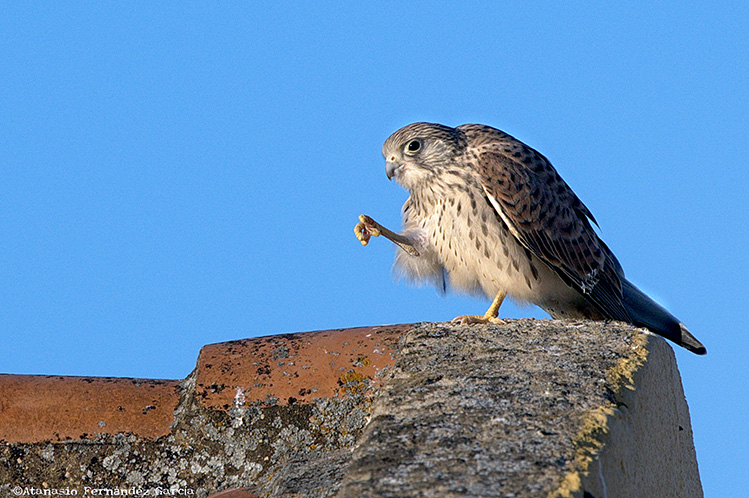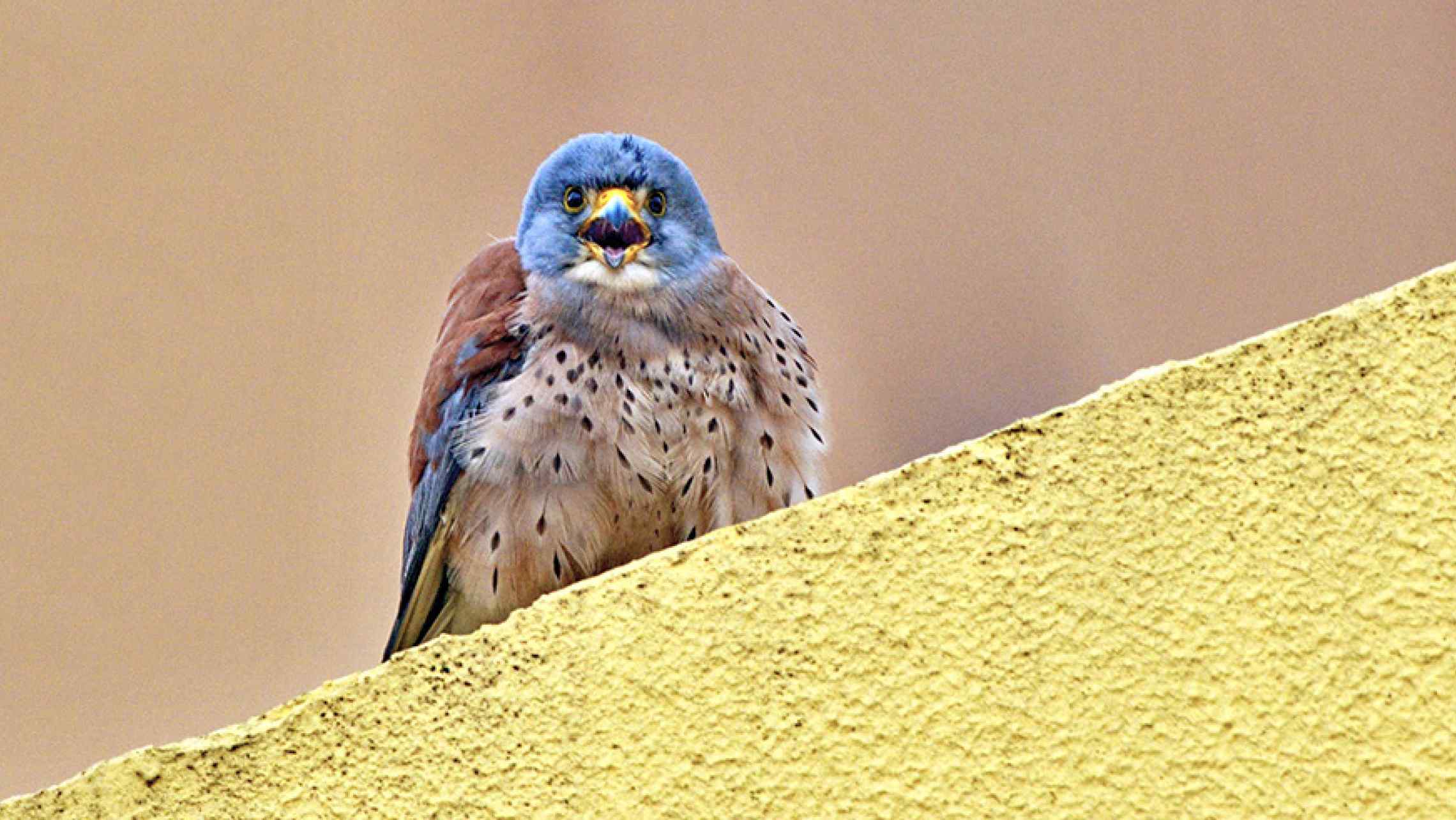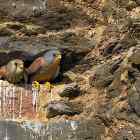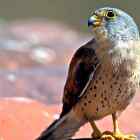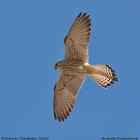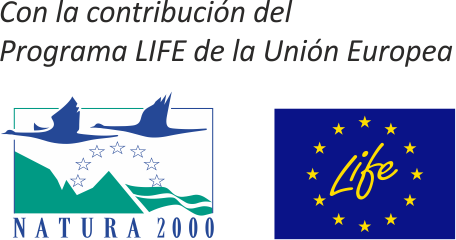The official Spanish dictionary (RAE) says “Primilla”: (from prima, primera) f. Requesting pardon for the first mistake one has made. 2. And. Cernícalo (Kestrel), bird” The And signifies Andalusia, where the lesser kestrel is often simply called primilla, as in “I have seen a primilla”. Indeed, many people have traditionally used the name for any small and fast bird of prey smaller than a kite. Curiously in old falconry books, “prima” is the female falcon, thus giving the word a feminine gender.
Notwithstanding the relatively recent and vernacular etymology, so that in very old dictionaries the word does not refer to the species, and in books such as “Ornitología de Sierra Morena” by D. Leopoldo Matínez Reguera -“Director, by opposition, of mineral waters” a detail on the cover states – in 1886, the species was referred to as “crecereleta, commonly known as cernicalillo in these mountains, smaller than the kestrel, with black bill and yellow feet, whitish claws, red plumage and rounded tail. It is uncommon in these mountains and usually is present only when there are many locusts, which it favours and which it seeks all the way from Africa where it originates”. The name of crecereleta is so unusual that if you search for it in Google, it says that it does not exist.
However, it appears again in the book “Estudio de los animales libres útiles y de los nocivos a la Agricultura que viven en Castilla la Vieja” by the pharmacist Don Ermerenciano Nieto del Barco and with a prologue by Don Francisco de las Barras Aragón, a teacher of Natural History in the institute of Ávila, a work awarded by the Sociedad Económica Palentina de Amigos del País in the Scientific, Artistic and Literary Awards on 5th September 1887. In it, Don Ermerenciano refers to this species as “Cernícalo crecerina-Cernícalo rojo-Crecereleta. (Falco tinnunculoides L.), the size of a blackbird and with uniform reddish colour on the back. Can be usually seen in this locality. Use: both kestrels are important from the point of view of their value to farming…the lesser kestrel especially for controlling locusts and I would like to mention this specifically, although it is not seen as often as the common kestrel”.
It is easy to find the origin of the word “crecereleta” in “faucon crécerellete”, which is the French name for the species. But primilla, there is no sign. There are indeed many other names for the species: mica, gavilucho, mícale, chigre, esparvero pequeño, buxarello, cequelín, quica, xoriguer petit, chiri, lagarteiro das torres, peneireiro-de-dorso-liso, grillero, naumann belatza…and this just in the Iberian Peninsula! This bird has lived a long time close to us.
